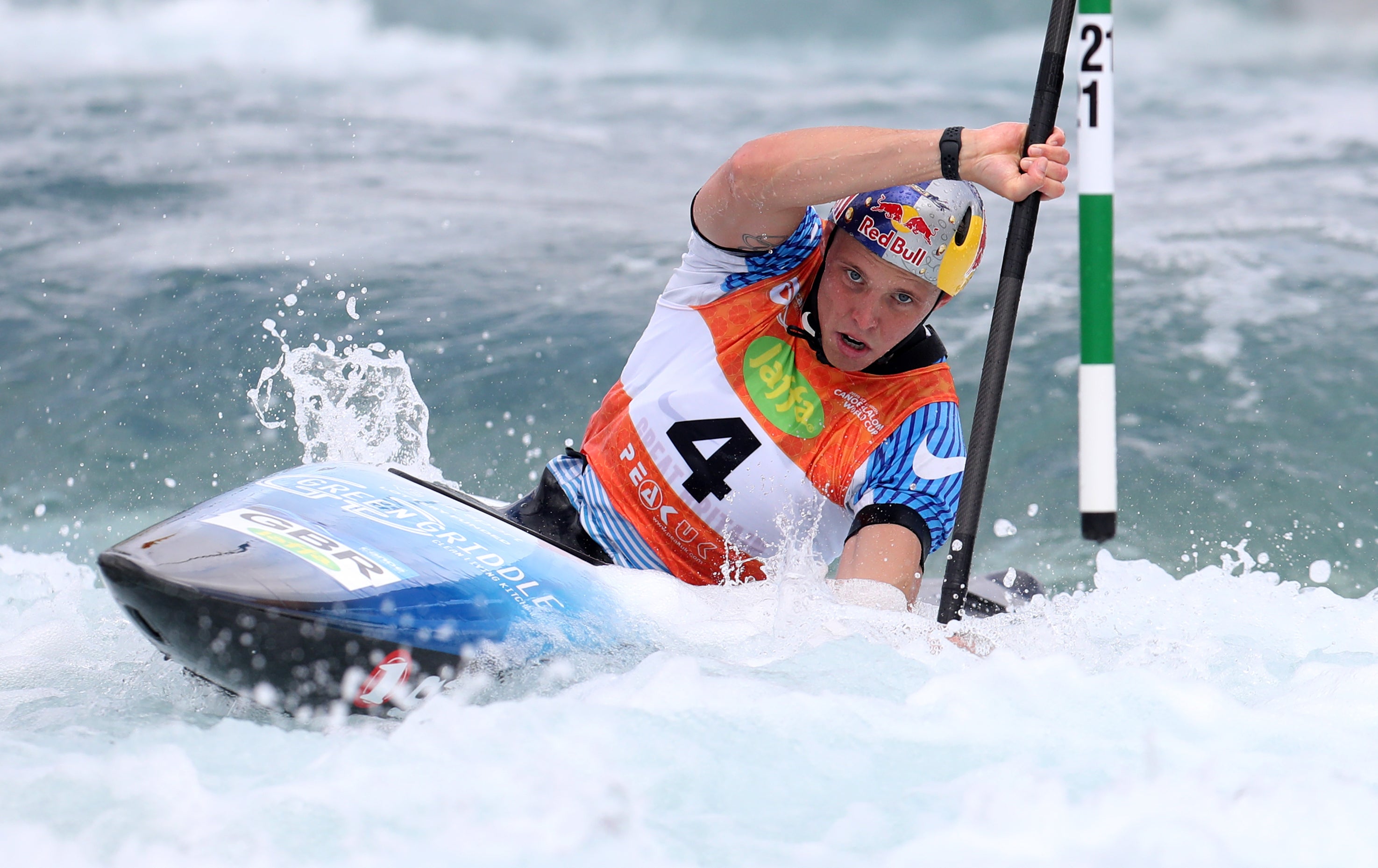Tokyo Olympics: 5 niche sports to really get into this year
Anyone for slalom canoeing?

Your support helps us to tell the story
From reproductive rights to climate change to Big Tech, The Independent is on the ground when the story is developing. Whether it's investigating the financials of Elon Musk's pro-Trump PAC or producing our latest documentary, 'The A Word', which shines a light on the American women fighting for reproductive rights, we know how important it is to parse out the facts from the messaging.
At such a critical moment in US history, we need reporters on the ground. Your donation allows us to keep sending journalists to speak to both sides of the story.
The Independent is trusted by Americans across the entire political spectrum. And unlike many other quality news outlets, we choose not to lock Americans out of our reporting and analysis with paywalls. We believe quality journalism should be available to everyone, paid for by those who can afford it.
Your support makes all the difference.After a year’s delay, the rescheduled 2020 Olympic Games are finally upon us.
It’s hugely exciting, particularly with big names like gymnast Simone Biles and sprinter Dina Asher-Smith set to compete. While the most popular events will still be thrilling – we’ll never get bored of watching the 100 metre race – we’d argue now is the perfect time to get into some of the more unexpected sports.
There’s nothing better than becoming an armchair expert in what is, for most of us, quite a random sport – and these are some of the more niche events to get into this year…
1. Skateboarding
This is one of the new additions to this year’s Olympics – we’re counting it as niche because few of us know how it works competitively.
Street is arguably the more exciting category of Olympic skating: competitors do two 45 second runs and five tricks, and five judges score them on a 0-10.0 scale – similar to gymnastics. The highest and lowest scores for each run or trick are discounted, and the middle three are totted up for your final score. The better you perform a trick, the higher your score will likely be – but equally things could come crashing down if you fluff your lines.
Keep an eye out for Team GB’s Sky Brown – she turns 13 this month, making her the youngest British summer Olympian.
2. BMX freestyle
It might not draw in the highest viewer numbers, but we’d argue BMX freestyle is one of the most entertaining sports at Tokyo.
The Olympics website says: “BMX is one of the fastest and youngest cycling disciplines. Its principle is simple: eight riders compete on a track filled with jumps, tight bends and obstacles.”
What’s not to love?
3. Race walking
Who wants the excitement of the 100 metres or the drama of a decathlon when you can watch people literally try and walk as fast as they can? Race walking might not be quite as well known as some of the other track events, but it’s been an Olympic sport since 1904 – and we’ll say it: it’s quite fun to watch.
This isn’t to downplay the athletic achievements of the competitors – what they’re doing is seriously tough and impressive – but the way their bodies wiggle about is bound to bring a smile to your face. The first thing to remember with race walking is athletes have to have one foot on the ground at all times – unlike running, where you might have both in the air at any given moment.
The other big rule? As per the Olympics: “The athlete’s knee of their advanced leg must not bend and the leg must straighten as the body passes over it.” There’s no fancy technology to judge any of this – it just needs to look like you’ve got one foot on the ground. Judges are situated around the track with paddles: (~) symbolises ‘loss of contact’ and (<) means ‘bent knee’. If you get three warnings you’ll be disqualified.
4. 3×3 basketball
This is basically the cooler, more under-the-radar cousin of basketball. 3×3 basketball is commonly played on the street – all it requires is one hoop, half a court and six players.
It’s like basketball – also played at the Olympics – but faster-paced and arguably higher drama. It’s the kind of sport you’ll always be entertained by – and if you’re feeling like an anorak, you can get to grips with the nitty-gritty of the rules and point-scoring system here.
5. Canoe slalom
If traditional canoeing doesn’t quite catch your fancy, why not go for the more intriguing version: the slalom. According to the International Canoe Federation, canoe slalom is “a timed event where competitors navigate a white water course by passing through a combination of upstream and downstream gates”.
Competitors show off their athleticism by racing through a maximum 300 metre-length course with up to 25 gates. Green gates signify downstream, and red means upstream. Remember: this is canoeing, not kayaking – so only single-blade paddles are used.
This is a particularly easy one to get into because it’s not complex to follow: whoever finishes first, wins – although you do get time penalties for touching a gate or missing one entirely.
It’s looking like 2021 will really be the year of the canoe slalom with a record-breaking 35 countries set to compete – and for the first time, an equal number of men and women will be entering.